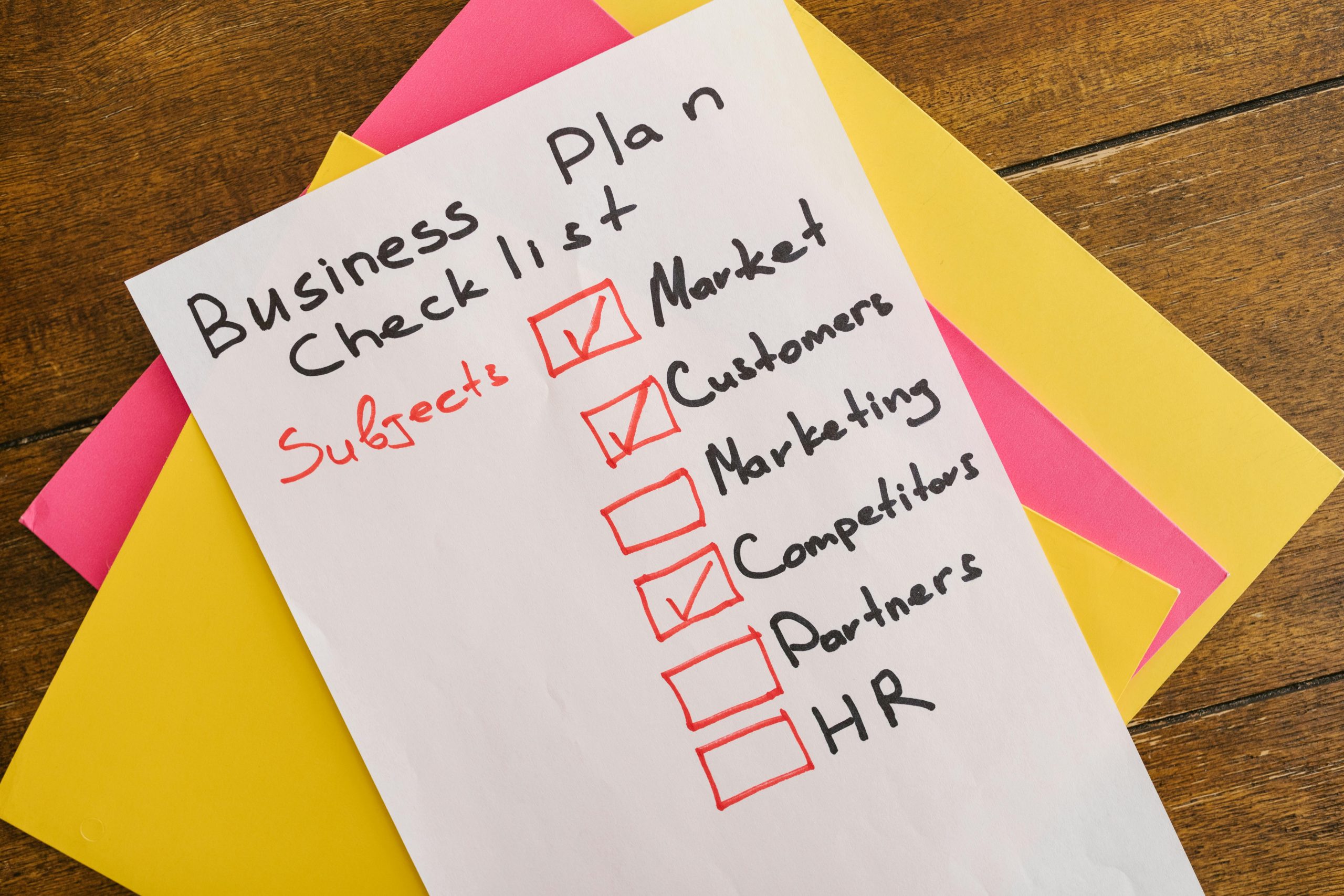Ensuring HR compliance is a critical responsibility for every business, regardless of size or industry. Non-compliance can lead to costly fines, legal troubles, and damage to your company’s reputation. To help you stay on track, we’ve compiled an essential HR compliance checklist that covers the must-follow steps for maintaining a legally sound workplace. From hiring practices to employee documentation, this guide will walk you through the key areas your business needs to address.
1. Employment Laws and Regulations
Staying compliant with federal, state, and local employment laws is the foundation of HR compliance. Here are the key areas to focus on:
Fair Labor Standards Act (FLSA)
The FLSA governs minimum wage, overtime pay, and child labor laws. Ensure your business:
- Pays employees at least the federal or state minimum wage (whichever is higher).
- Classifies employees correctly as exempt or non-exempt to avoid overtime violations.
- Maintains accurate records of hours worked and wages paid.
Anti-Discrimination Laws
Federal laws such as Title VII of the Civil Rights Act, the Americans with Disabilities Act (ADA), and the Age Discrimination in Employment Act (ADEA) prohibit workplace discrimination. To comply:
- Implement non-discriminatory hiring, promotion, and termination practices.
- Provide reasonable accommodations for employees with disabilities.
- Train managers and staff on anti-discrimination policies.
Family and Medical Leave Act (FMLA)
If your business has 50 or more employees, you must comply with FMLA, which provides eligible employees with unpaid leave for qualifying medical or family reasons. Ensure you:
- Notify employees of their FMLA rights.
- Maintain proper documentation for leave requests.
- Protect employees’ jobs during their leave period.
2. Employee Documentation and Recordkeeping
Proper documentation is crucial for HR compliance. Missing or incomplete records can lead to legal issues during audits or disputes.
New Hire Paperwork
Every new employee must complete the following forms:
- Form I-9: Verifies employment eligibility in the U.S.
- Form W-4: Determines federal income tax withholding.
- State tax forms: Required for state income tax withholding.
- Direct deposit authorization: If applicable.
Employee Personnel Files
Maintain secure and organized personnel files for each employee, including:
- Job application, resume, and offer letter.
- Performance reviews and disciplinary records.
- Signed acknowledgment of company policies.
- Training certifications and professional development records.
Time and Payroll Records
Federal and state laws require businesses to retain payroll records for a specified period (usually 3-7 years). Keep records of:
- Timecards or timesheets.
- Pay stubs and wage statements.
- Tax filings and unemployment insurance records.
3. Workplace Safety and Health Compliance
A safe workplace is not only a legal requirement but also essential for employee well-being and productivity.
Occupational Safety and Health Administration (OSHA)
OSHA regulations apply to most businesses and require:
- Providing a hazard-free workplace.
- Posting OSHA safety notices in visible areas.
- Reporting workplace injuries and illnesses.
- Conducting regular safety training.
Workers’ Compensation Insurance
Most states require businesses to carry workers’ compensation insurance to cover work-related injuries or illnesses. Ensure you:
- Obtain the required coverage based on your state’s laws.
- Educate employees on how to report workplace injuries.
- Maintain records of all workers’ compensation claims.
4. Employee Benefits Compliance
If your business offers benefits such as health insurance or retirement plans, compliance with federal laws is mandatory.
Affordable Care Act (ACA)
For businesses with 50 or more full-time employees, the ACA requires:
- Providing affordable health insurance that meets minimum essential coverage.
- Filing annual reports (Forms 1094-C and 1095-C) with the IRS.
- Notifying employees of their eligibility for health coverage.
Employee Retirement Income Security Act (ERISA)
If you offer retirement plans, ERISA sets standards for:
- Plan documentation and disclosures.
- Fiduciary responsibilities.
- Reporting to the Department of Labor.
5. Ongoing Training and Policy Updates
HR compliance isn’t a one-time task—it requires continuous effort to stay updated with changing laws and regulations.
Employee Training Programs
Regular training helps prevent compliance violations. Key training topics include:
- Harassment and discrimination prevention.
- Workplace safety protocols.
- Data privacy and cybersecurity best practices.
Policy Reviews and Updates
Review and update your HR policies annually or as laws change. Key policies to maintain include:
- Employee handbook with clear workplace rules.
- Anti-harassment and anti-retaliation policies.
- Remote work and flexible scheduling guidelines.
HR compliance is a complex but necessary aspect of running a successful business. By following this checklist, you can minimize legal risks,
